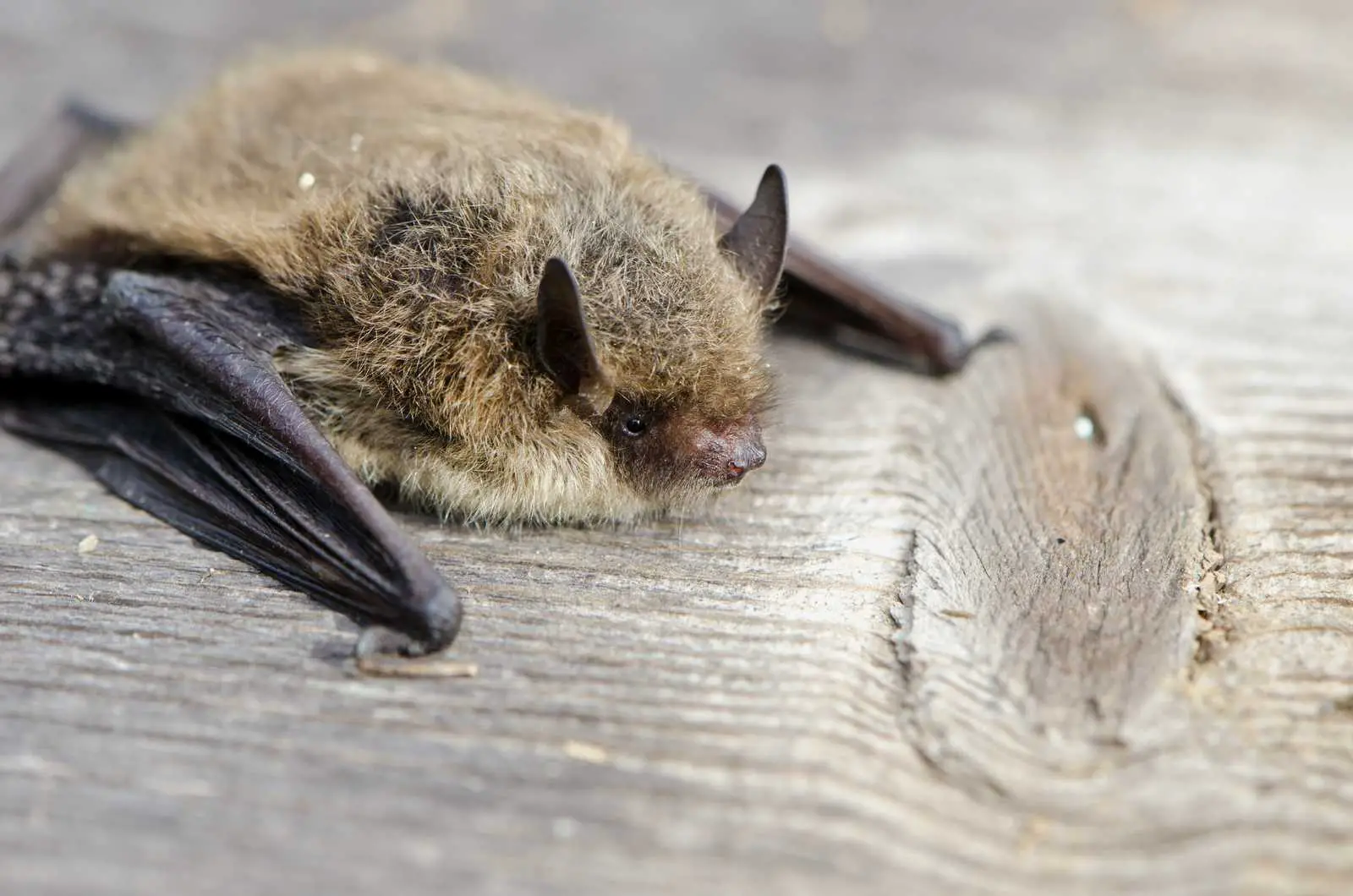Everyone learns about “the birds and the bees” sooner or later, and that includes bats. With our global population surging past seven billion, we’ve more than followed Benedick’s comic declaration from Much Ado About Nothing, “The world must be peopled!” Likewise, come mating season, bats around the world of every kind decide that “The world must be batted’” and begin – to borrow from another Shakespeare play – to “make the beast with two backs.”
Still, bats having babies is anything but theatrical. On the contrary, bats tend to have very regular reproduction cycles, and that includes when and where they have babies. With that in mind, let’s take a closer look at bats and their babies.
A Year in the Life of a Bat
First, let’s take a look at how that aforementioned lifecycle shakes out for bats on a yearly basis. We might have birthdays year round, but for bats, nearly all their birthdays would come out in a few months between June and July. Prior to this, in April and May (and, for some species in some areas, into June), as the weather starts to get warm, maternity season begins. Female bats spend one Midsummer Night’s Dream after another flying “Over hill, over dale” and everywhere in between, searching for caves or large trees in which to establish maternity colonies where they can give birth to their young in peace. There is safety in numbers, and once they are ensconced there, they can give birth to their babies with the other mothers.
Of course, for mothers to be able to give birth at this time, they first need to have mated, and this takes place immediately after the birthing season from August through October. Once they have done this, bats settle down for A Winter’s Tale of hibernation or migration before awakening in the spring, eating and becoming active again for a couple of months, and starting the cycle all over. It is worth noting that prior to their hibernation or migration, bats build up a lot of fat reserves, and this is especially important for female bats as a means of controlling hormones related to reproduction.
Turning Birthing Upside Down
Now, chances are you already know that bats roost and take off while hanging upside down, so if you’re wondering – yes, crazy as it sounds, the answer to “how do bats give birth?” is that they give birth that way as well.
How many babies do bats have? A baby bat is known as a pup, and they are often only born one per litter. That being said, there are species who can have as many as four pups at a time.
But we’re burying the lead a bit – how do mother bats give birth upside down? Wouldn’t their newborn pups simply plummet to Earth? Well, thankfully, in addition to their ability to set up a good roost, mother bats also have some pretty great catching skills as they catch the pups out of the air while they give birth to them. Once they have done this, they place their young pup inside a pouch for their safety. Many mammals, such as kangaroos, make use of pounces for keeping their young close, and bats fit right in with that.
However, unlike kangaroos, while mother bats may use a pouch to keep their pup with them after birth and for some of the time they are together, they still leave the bats back at the roost while they hunt. During the nights following their pups’ birth, mothers are extremely busy, finding food not just for themselves but for their pups and bringing the latter food supply back to the roost so the baby bats can chow down on insects or fruit.
As the bats start to grow, they become harder for the mother to carry, let alone supply with food, which means that it’s time for them to become more independent. Mother bats don’t quite “kick them out,” per se, but they do definitely give them a strong hint in the form of nudging them out of the roost so they learn to fly while weaning off the mother’s food supply. This typically comes a few weeks to months after the pups were born, and is dependent on how big they are, since the weight placed on the mother bat is a huge determining factor here.
Humans and Bat Mating
That being said, while bats are still dependent on their mother’s milk, caught insects, or whatever other food supply they bring them, the bond between the two is still exceptionally strong. As a result, trying to sever that by forcing the two apart as part of bat removal or construction plans can have terrible consequences for both you and the bats.
First and foremost, of course, if the bat is too young and cannot take care of themselves yet, separating them at this stage may likely result in their death.
For this reason, it is typically illegal to kill or remove bats during their maternity colony seasons in which the mothers are rearing the young. Doing so is not only a danger to the mother but the baby bats as well, and killing the latter is likewise illegal.
In addition, trying to separate them during this period isn’t just inhumane, but futile. Mother bats will stop at nothing to get their young back. If you wall them up in a space to close it off to further bat colonization, you won’t drive away the mother bat but simply make her more determined than ever to find or create any hole possible so she can get back into your home and reunite with her young.
One positive solution to this problem is to install miniature one-way doors on your property, so once the mother and pup leave the home for the first time when both are strong enough to do so, they can’t get in again, and thus find another roost to spend their time together.
As with any maternal endeavor, there are lots of ups and downs to being a mother bat, but for most of them, in the end All’s Well That Ends Well.

